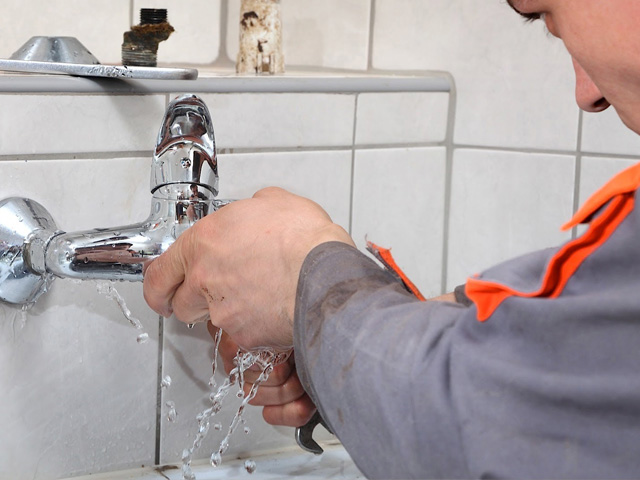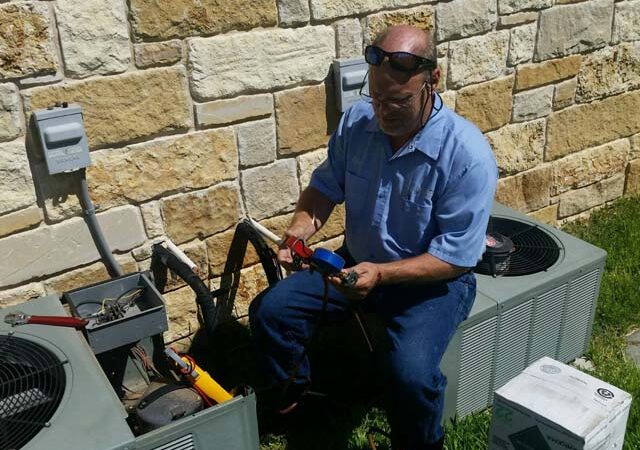
Fixing a Noisy Plumbing System
Plumbing systems are an integral part of any home, delivering water to faucets, appliances, and fixtures while also safely removing wastewater. However, a noisy plumbing system can quickly become a nuisance, disrupting the peace of your living space. Whether it’s banging, whistling, or rattling pipes, these sounds can indicate underlying issues that need attention. Ignoring them may lead to more significant plumbing problems down the road, which can be costly and inconvenient. Fortunately, many of these noises can be resolved with some straightforward fixes. This blog will guide you through the common causes of noisy plumbing and practical steps to fix them.
Common Causes of Noisy Plumbing
Before jumping into the solutions, it’s essential to identify the root causes of the noise. Here are the most common reasons your plumbing system might be noisy:
- Water Hammer Water hammer is one of the most frequent causes of noisy pipes. It occurs when water flow is suddenly stopped or redirected, causing a shockwave that makes pipes vibrate or bang against walls. The sudden closure of a valve or faucet can create this phenomenon, leading to a loud banging sound.
- Loose Pipes If your pipes are not securely fastened, they can move and rattle when water runs through them. Over time, vibrations can loosen the fasteners holding your pipes in place, leading to clanking or rattling sounds.
- High Water Pressure While strong water pressure can be a nice feature when you’re taking a shower, it can also cause pipes to vibrate or create whistling sounds. High water pressure can also increase wear and tear on your plumbing system, leading to leaks and potential damage over time.
- Air in the Pipes When air gets trapped in the pipes, it can create a range of noises, from banging to hissing sounds. Air can enter your plumbing system during repairs or if there’s a break in the water main. As the trapped air tries to move through the pipes, it creates pressure fluctuations that cause noise.
- Worn-out Valves or Washers Valves and washers inside faucets and other fixtures wear out over time. When this happens, they may not seat properly, allowing water to pass through irregularly. This can cause a whining, whistling, or screeching noise when the fixture is in use.
- Sediment Buildup Over time, sediment can accumulate inside water heaters, boilers, or even pipes, causing restricted water flow. This buildup can create a variety of noises, including rumbling or gurgling sounds, especially when using hot water.
How to Fix a Noisy Plumbing System
Once you’ve identified the potential causes of the noise, it’s time to fix the issue. Below are solutions tailored to each type of problem.
1. Fixing Water Hammer
Water hammer can be quite alarming due to the loud bangs it creates. Fortunately, there are several ways to resolve this issue:
- Install a Water Hammer Arrestor: A water hammer arrestor is a device that absorbs the shock of the sudden pressure change, preventing the loud banging sound. These devices can be installed near your appliances or faucets to reduce the hammering effect.
- Check and Adjust Air Chambers: Some plumbing systems have built-in air chambers to absorb water shock. Over time, these chambers can fill with water, rendering them ineffective. Draining your system can restore their function. To do this, shut off the main water supply, open all faucets, and allow the water to drain completely. This reintroduces air into the chambers.
- Slow Down Water Flow: If your water pressure is too high, it can contribute to water hammer. Reducing the flow of water by adjusting the pressure at the main valve can minimize the shockwave that causes the banging.
2. Securing Loose Pipes
Loose pipes are a common source of rattling and clanking noises, but they can be easily fixed:
- Locate and Fasten Pipes: If you can access the pipes through your basement or walls, you can secure them using pipe clips or straps. Ensure they are tightly fastened to prevent movement when water flows through them. Foam pipe insulation can also help reduce noise by cushioning the pipes.
- Use Pipe Hangers: In areas where pipes are suspended, installing additional hangers can reduce vibration and movement. Use rubber or foam-lined hangers to minimize metal-on-metal contact, which can amplify noise.
3. Reducing High Water Pressure
If your home’s water pressure is too high, it can cause your pipes to vibrate and make whistling noises. Here’s how to fix it:
- Install a Pressure Regulator: A water pressure regulator is an easy way to control water pressure in your home. Typically, the ideal water pressure should be between 40-60 PSI (pounds per square inch). If your pressure is higher than this, install a pressure-reducing valve at the main water supply line to bring it within a safe range.
- Check the Water Meter Valve: Sometimes, a partially closed water meter valve can create pressure imbalances that lead to noise. Make sure the valve is fully open to maintain proper water pressure throughout your home.
4. Releasing Air from Pipes
If air is trapped in your pipes, you’ll want to bleed the air out to restore smooth water flow:
- Flush the System: To release air, turn off the main water supply and open all the faucets in your home, starting from the lowest point (like a basement) and working your way up. Once water stops flowing, turn the water back on, and let it run until the air is fully released.
- Check for Leaks: Air can enter your plumbing system if there’s a break in the water main or a leak in the system. Inspect the pipes and fixtures for leaks, and repair them promptly to prevent further issues.

5. Replacing Worn-out Valves and Washers
Worn-out valves and washers can produce whistling or screeching noises, particularly in faucets:
- Replace Faulty Components: Disassemble the faucet or fixture and check for damaged valves or washers. Replace any worn-out components with new parts, ensuring they are the correct size for your fixture.
- Check the Supply Lines: Sometimes, the issue isn’t the valve or washer but a kink or blockage in the supply line. Check for any obstructions in the water supply line and clear them if necessary. If you are searching for more information about fixing a noisy plumbing system, you may want to check out abacusplumbing.net/friendswood-plumbing/ to learn more.
6. Clearing Sediment Buildup
Sediment buildup in your plumbing system can cause a variety of noises, particularly in your water heater:
- Flush Your Water Heater: If sediment has built up in your water heater, flushing the system can help. Turn off the heater and allow it to cool down. Then, attach a hose to the drain valve and drain the water until it runs clear. Regular flushing can prevent sediment buildup from becoming a persistent issue.
- Install a Water Softener: If hard water is causing sediment buildup, installing a water softener can help prevent future deposits in your plumbing system. Soft water reduces mineral deposits, ensuring smoother water flow.
When to Call a Professional
While many noisy plumbing problems can be fixed with a bit of DIY work, some issues may require professional intervention. If you’ve tried the above solutions and the noise persists, it’s time to consult a licensed plumber. They can conduct a more thorough inspection and recommend specialized repairs or replacements if needed.
Conclusion
A noisy plumbing system doesn’t have to be a permanent annoyance. By understanding the root cause of the noise and following the appropriate fixes, you can restore peace to your home and prevent potential damage to your plumbing system. Regular maintenance, such as checking water pressure, securing pipes, and clearing sediment buildup, can go a long way in ensuring your system remains quiet and efficient.
With these steps in mind, you’ll be better equipped to handle common plumbing noises and keep your home’s plumbing running smoothly for years to come.






